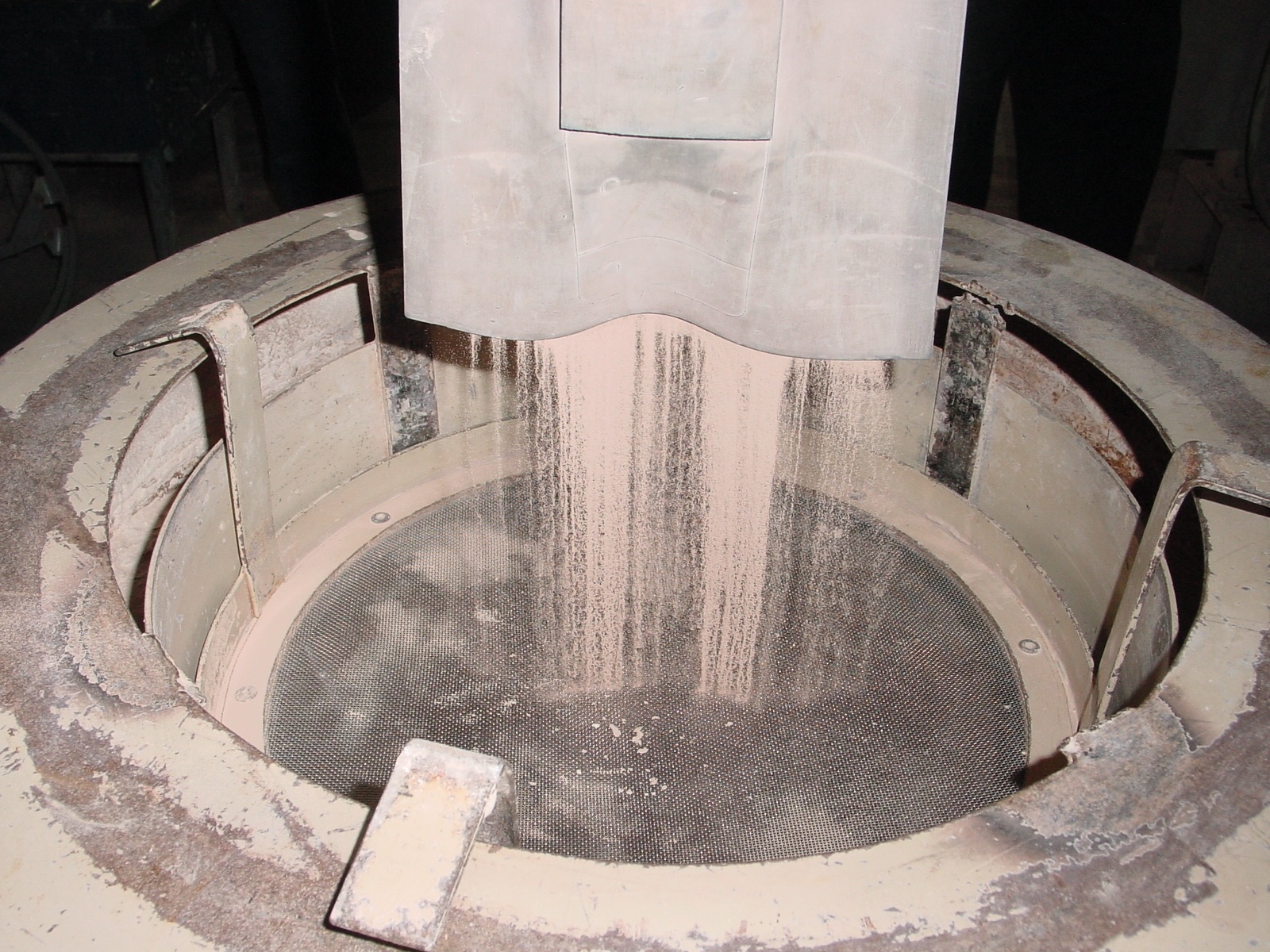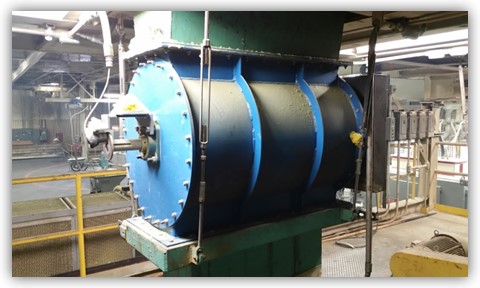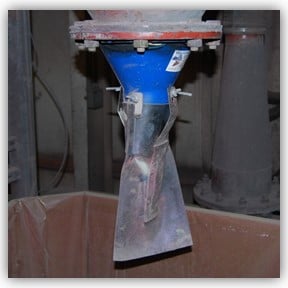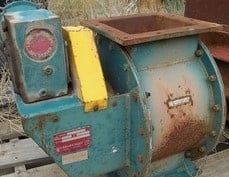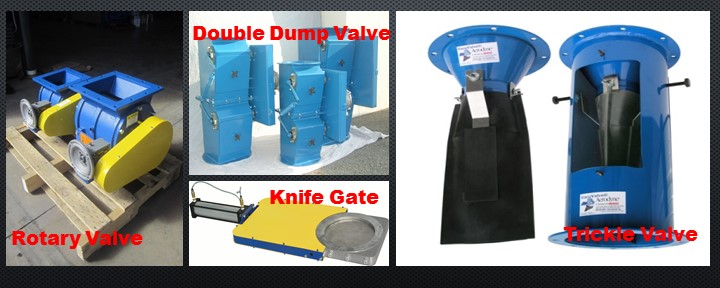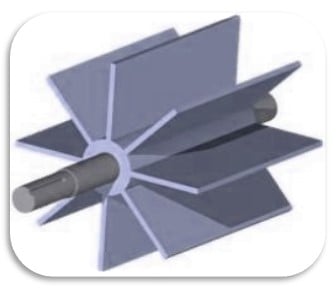In industrial settings, dust collection systems are vital for maintaining clean and safe work environments. Most dust collectors are equipped with a motor-driven rotary airlock valve that efficiently empties contents from the hoppers. Rotary valves have been a staple in dust collection technology for many years due to their reliability and effectiveness in managing dust discharge. They offer certain advantages, such as the ability to handle a continuous flow of dust and debris. However, these traditional systems come with several significant drawbacks.
One of the main challenges with rotary valves is the difficulty and time-consuming nature of their maintenance. Cleaning rotary valves is a cumbersome process that often requires system downtime, which can disrupt operations and lead to productivity losses. Additionally, rotary valves operate continuously, regardless of the presence of dust. This constant operation results in unnecessary electricity consumption, leading to increased energy costs.
Moreover, the continuous running of these valves accelerates their wear and tear. Rotary valves can wear out rapidly, especially when handling abrasive materials, leading to frequent and costly repairs or replacements. The need for regular maintenance and replacement parts adds to the overall operating costs, making rotary valves less economical over time.
To address these issues, Aerodyne has developed a highly cost-effective alternative: the Vacu-Valve® Trickle Valve System. This innovative solution leverages the principles of negative pressure within the material handling system to function efficiently without the drawbacks associated with traditional rotary valves.
The Aerodyne Vacu-Valve® Trickle Valve
The Vacu-Valve operates using a simple yet effective mechanism. It features a duckbill sleeve that remains closed under the system's negative pressure. As dust or material accumulates, the pressure forces the sleeve open, allowing the contents to discharge smoothly. Once the material has emptied, the negative pressure immediately reseals the duckbill sleeve, preventing any backflow or leakage. This process repeats as necessary, ensuring efficient and controlled discharge of dust and materials.
One of the standout features of the Vacu-Valve system is its low maintenance requirements. Unlike rotary valves, the Vacu-Valve requires no lubrication, power, or complex controls. This reduces the need for regular maintenance and eliminates the associated downtime and costs. The absence of moving parts that require constant operation means there is significantly less wear and tear, further extending the lifespan of the system.
The Vacu-Valve system is also highly versatile, with a range of duckbill sleeve options designed for specific applications. Whether dealing with fine dust, coarse particles, or abrasive materials, there is a Vacu-Valve configuration to suit the need. Additionally, the Vacu-Valve is available in both open and closed designs, offering flexibility to accommodate various operational requirements.
In summary, the Aerodyne Vacu-Valve® Trickle Valve System represents a significant advancement in dust collection technology. By eliminating the need for continuous operation, reducing maintenance demands, and offering adaptable solutions for different materials, the Vacu-Valve provides a cost-effective and efficient alternative to traditional rotary airlock valves. For industries looking to enhance their dust collection systems, the Vacu-Valve offers a reliable, economical, and low-maintenance solution.
To improve efficiency and safety, there is no substitute for an on-site inspection by an experienced expert. Click below to start with a free 20-minute phone consultation by clicking the button.

